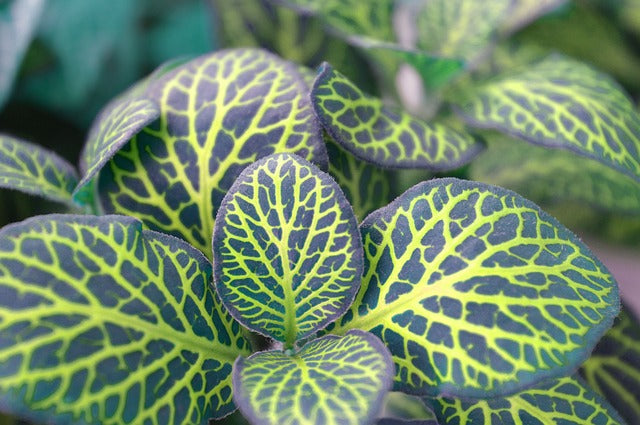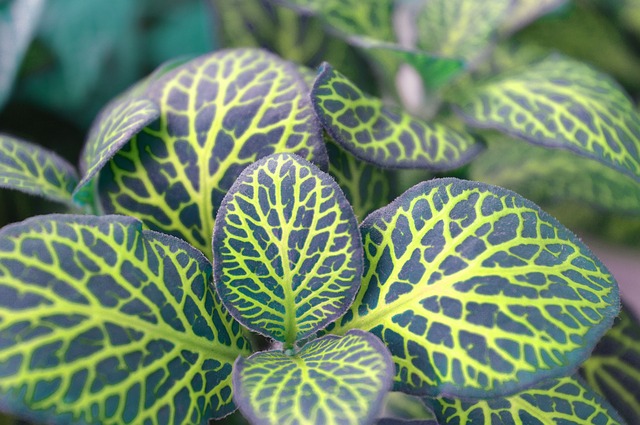 Fittonia Plant
There’s no denying the charm of house plants that can brighten up the entire aura of a house. The best part? They are hassle-free and require minimum care. Not only are house plants an excellent gift idea, but they are also the perfect decor item for your house.
Amidst various compact and charming house plants, the Fittonia plant is known for its intricate web-like foliage. The leaves of this plant have dark green shades with a light vein-like structure that can have hues of red, pink, white, or green. Due to its striking nature, the Fittonia plant has many names like the nerve plant and mosaic plant. So, what is the correct way to care for these plants?
In this article, we will discuss:
Fittonia Plant
There’s no denying the charm of house plants that can brighten up the entire aura of a house. The best part? They are hassle-free and require minimum care. Not only are house plants an excellent gift idea, but they are also the perfect decor item for your house.
Amidst various compact and charming house plants, the Fittonia plant is known for its intricate web-like foliage. The leaves of this plant have dark green shades with a light vein-like structure that can have hues of red, pink, white, or green. Due to its striking nature, the Fittonia plant has many names like the nerve plant and mosaic plant. So, what is the correct way to care for these plants?
In this article, we will discuss:
- What is the Fittonia plant?
- Does Fittonia need sunlight?
- Is Fittonia an indoor plant?
- How to grow and care for Fittonia plants?
- Why is Fittonia called the nerve plant?
- Where should I put my Fittonia?
What is the Fittonia plant?
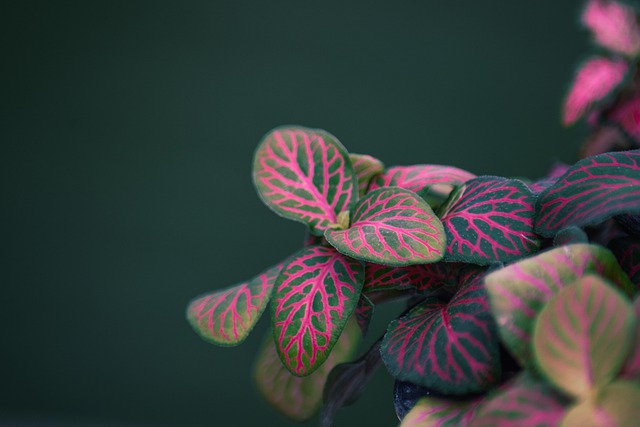 What is Fittonia Plant?
Fittonias are natives of South America and typically thrive in tropical forests. In the wild, Fittonias grow under the shade of tropical forests.
Due to their small size, the Fittonia plants make an excellent house plant. The botanical name of this plant is Fittonia Albivenis and they belong to the Acanthaceae family.
Here’s an interesting fact about the plant: The Fittonia plant changes its behavior, quite melodramatically, when it requires water. When it is dehydrated, the nerve plant will dramatically wilt to tell you to water the plant. You don’t need to panic about the wilting. Your plant will recuperate after receiving substantial moisture.
Depending on the different hues, the Fittonia plant has many types. One of the most popular types is the Argyroneura, which has white veins in its leaves. The Red star and Fortissimo variations have slightly pink or red veins, whereas Frankie has a beautiful pink color on the entire foliage with green edges. The Superba Nerve Fittonia has slightly bigger leaves with pristine-white veins.
What is Fittonia Plant?
Fittonias are natives of South America and typically thrive in tropical forests. In the wild, Fittonias grow under the shade of tropical forests.
Due to their small size, the Fittonia plants make an excellent house plant. The botanical name of this plant is Fittonia Albivenis and they belong to the Acanthaceae family.
Here’s an interesting fact about the plant: The Fittonia plant changes its behavior, quite melodramatically, when it requires water. When it is dehydrated, the nerve plant will dramatically wilt to tell you to water the plant. You don’t need to panic about the wilting. Your plant will recuperate after receiving substantial moisture.
Depending on the different hues, the Fittonia plant has many types. One of the most popular types is the Argyroneura, which has white veins in its leaves. The Red star and Fortissimo variations have slightly pink or red veins, whereas Frankie has a beautiful pink color on the entire foliage with green edges. The Superba Nerve Fittonia has slightly bigger leaves with pristine-white veins.
Does the Fittonia plant need sunlight?
Yes and no. The Fittonia plant requires bright and abundant light, owing to its origination in tropical and humid climates. However, harsh and direct sunlight can do more harm than good for the plant’s growth. It can lead to burnt leaves and dry soil. To keep your plant safe, expose it to indirect sunlight or any other kind of bright light. Place your plant in a window that does not get direct sunlight or use a curtain for protection. In addition, you can also use fluorescent lights instead of sunlight. Ensure keeping the lights close to the pot. Do not, in any case, choose a dark place to grow the plant or it might lose its radiant color. Similarly, do not use a heater for the plant as it can lead the plant to dry up.Is Fittonia an indoor plant?
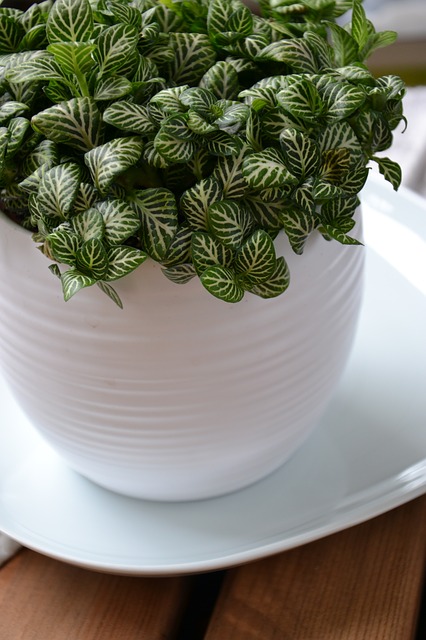 Fittonia are The Indoor Plant
Yes, Fittonias are some of the most ideal house plants. They are compact and can be used to add an aesthetic touch to your home decor. You can opt for terrariums, small pots, hanging baskets, or containers to grow this plant. Make sure that the container that you choose ensures proper soil drainage with a few holes in the bottom.
Moreover, if you are worried about toxic plants that can cause harm to your pets, Fittonias are a safe bet. They are non-toxic to both pets and human beings.
Fittonia are The Indoor Plant
Yes, Fittonias are some of the most ideal house plants. They are compact and can be used to add an aesthetic touch to your home decor. You can opt for terrariums, small pots, hanging baskets, or containers to grow this plant. Make sure that the container that you choose ensures proper soil drainage with a few holes in the bottom.
Moreover, if you are worried about toxic plants that can cause harm to your pets, Fittonias are a safe bet. They are non-toxic to both pets and human beings.
How to grow and care for the Fittonia plant?
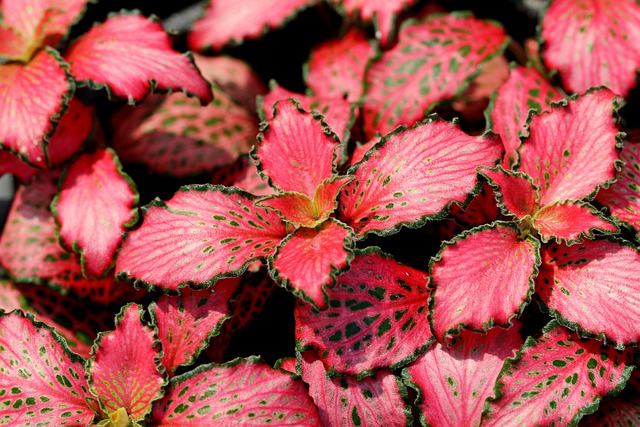 How to Grow Fittonia Plant
As the Fittonia plant comes from tropical areas, some measures need to be taken to recreate its ideal growing space.
How to Grow Fittonia Plant
As the Fittonia plant comes from tropical areas, some measures need to be taken to recreate its ideal growing space.

